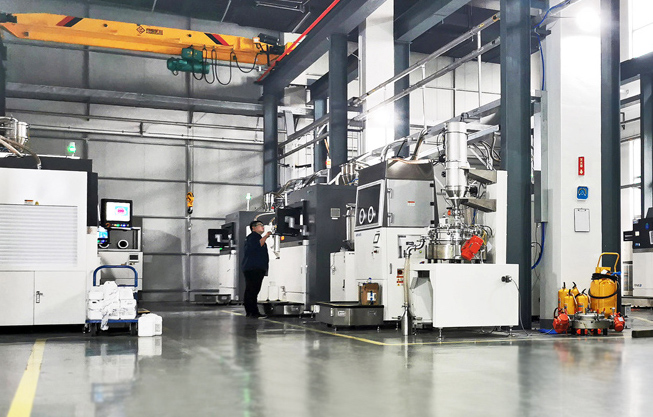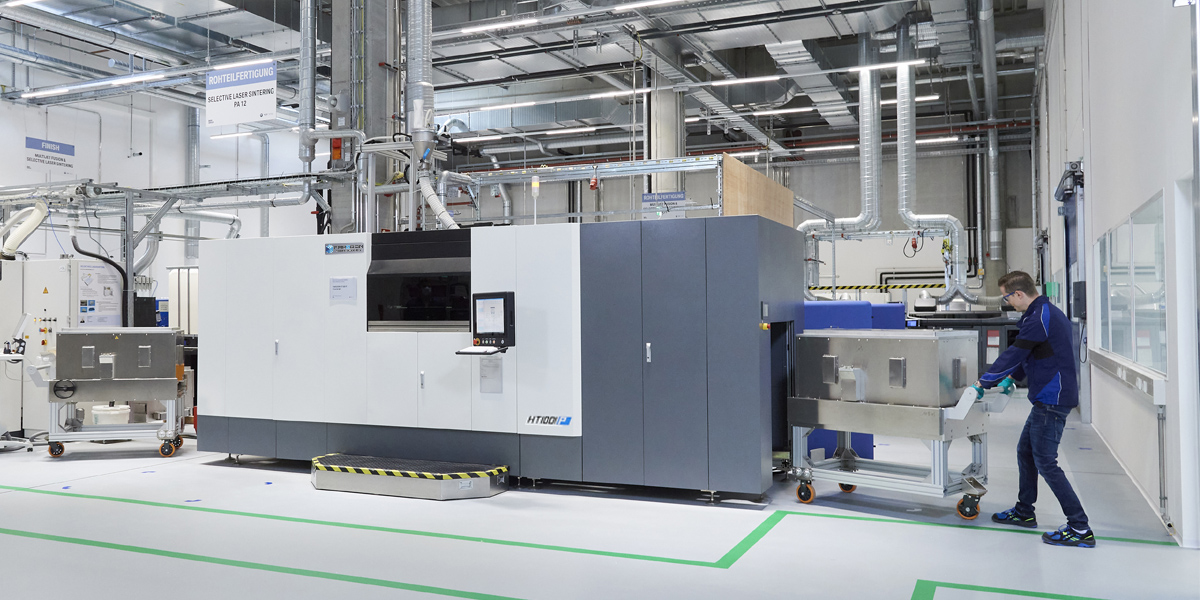Chinese SLM and SLS 3D printer manufacturer Farsoon has disclosed that its revenue doubled between Q1 and Q3 2020 when compared to the same period last year.
According to the company, its strong revenue growth has been built on the rapid expansion of 3D printing applications in China during H2 2019, especially within the aerospace, industrial, and molding sectors. Since then, Farsoon has continued to gain sales orders from new customers, and the firm has stated that it’s confident it can “grow the additive manufacturing market” going into 2021.
“Despite the economic challenges in 2020 Farsoon has seen significant growth to its business,” read a Farsoon statement. “With operations returned to normal at Farsoon headquarters, we are eager to support our customers and partners both in China and globally, to fulfill their needs during these challenging times.”

Farsoon’s new sales contracts so far this year
In spite of the impact of the COVID-19 pandemic on the company’s wider customer demand in Q1 2020, it has largely managed to stay profitable, thanks to a significant order backlog from 2019. Farsoon has also fulfilled several large contracts during 2020, including Falcontech’s “Super AM Factory,” which will eventually comprise 50 of the firm’s systems.
In terms of its polymer-based machines, Farsoon delivered its biggest order of 2020 in September as well, installing a CAMS HT1001P and three Flight 403P systems for Chinese service bureau Chuanglian. Elsewhere, German manufacturer RPM has acquired two Farsoon 403P printers, while FKM Sintertechnik now operates four of the firm’s plastic production systems, including the Farsoon HT1001P.
What’s more, despite the unpredictable nature of global markets, the company still opted to launch two new machines at TCT Asia this year: the Flight 252P and large-format FS621M. Although Farsoon hasn’t disclosed the exact details of their initial sales, it claims to have already installed “multiple FS621M systems” for Chinese manufacturers, and sold a landmark 30 FS421M systems around the world.
Given the contracts that the company has racked up in 2020, it’s unsurprising that Farsoon is reporting revenue growth, but it should also be noted that the firm isn’t publicly listed, and consequently, these figures cannot be verified. When contacted by 3D Printing Industry Farsoon was unable to provide granular financial information, but did highlight that by September 2020 revenue was at the same level as the full financial year of 2019.

Farsoon’s continued revenue growth in 2020
Although Farsoon has announced that its revenue doubled compared to last year, it’s very difficult to independently assess the firm’s financial performance, as it’s not obliged to provide further detail. If we take the company’s statement at face value, then Farsoon has managed to avoid the economic hardships caused by the COVID-19 pandemic to many of its competitors.
While other system producers such as Stratasys and 3D Systems have had to make cutbacks due to declining revenue results, Farsoon appears to have built up enough orders in 2019 to see it through lockdown. This ‘sales buffer’ has been reflected in the revenue performance of other printer manufacturers too, and some of these firms have leveraged a strong backlog of orders to stay profitable as well.
SLM Solutions built a similar buffer during 2019, and it went on to report a 90 percent growth in revenue over H1 2020, despite admitting that its customer demand fell sharply during that period. Whether or not the likes of Farsoon and SLM can maintain their revenue growth into Q4 2020 and beyond remains questionable though, and it depends on the progression of COVID-19 as the year continues.
The impact of the pandemic started to ease earlier in China than elsewhere in Europe and the Americas, and this allowed Farsoon to re-open its headquarters for much of Q2 and Q3 2020. Given that the Chinese 3D printing market has recovered more quickly than elsewhere, Farsoon has also been able to return to a regular level of production, which is reflected in its positive financials.
In fact, the company claims that it has recently needed to introduce seven-day working shifts to meet its growing customer demand, and is even planning a large-scale expansion of its production facilities in 2021. As a result, although the manufacturing market remains unpredictable, Farsoon has indicated that it’s ready to drive further revenue growth into next year, by investing in growing its infrastructure.
To stay up to date with the latest 3D printing news, don’t forget to subscribe to the 3D Printing Industry newsletter or follow us on Twitter or liking our page on Facebook.
Are you looking for a job in the additive manufacturing industry? Visit 3D Printing Jobs for a selection of roles in the industry.
Featured image shows Falcontech’s Super AM Factory, which currently houses 20 Farsoon metal 3D printers. Photo via Falcontech


